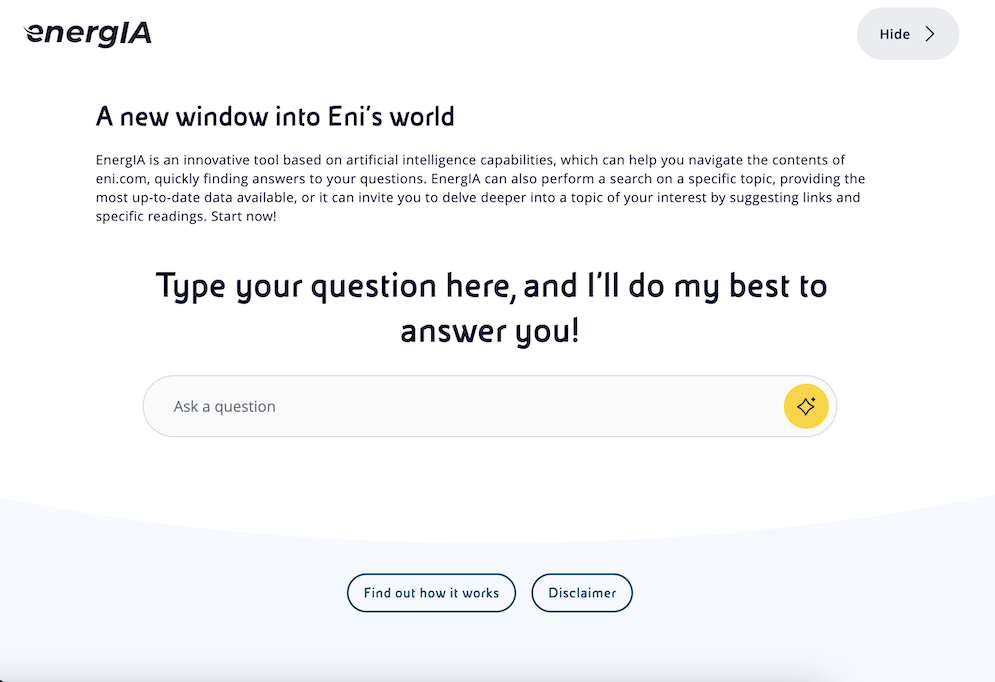On-site AI search: lessons from the pioneers

As AI reshapes how people search for information, corporate websites are facing new expectations. With audiences growing more comfortable with tools like ChatGPT, they’re beginning to expect that same instant, intelligent experience everywhere they search.
That shift is putting pressure on digital teams to rethink the role of on-site search. It’s no longer just a box in the corner — it’s a key part of the user journey.
Here are four pioneers using AI search in smart, user-focused ways — from familiar templates to transparent sourcing — and what their approaches can teach us.
Nvidia: make it feel like Chat GPT
Nvidia’s on-site AI assistant feels instantly familiar to anyone who’s used ChatGPT and similar tools. From the interface design to the tone of the interaction, it mirrors how people already expect AI to work.
This matters because users don’t want to learn how to use your tool — they want it to work like the ones they already trust.
Takeaway
Design your AI assistant to feel intuitive from the first click. Familiar layouts, conversational responses and clear prompts go a long way in helping users engage.
Siemens: keep traditional search alongside AI
At Siemens, AI search is layered on top of — rather than instead of — conventional search functionality. Users can see both AI-generated answers and standard search results at the same time.
This gives them the best of both worlds: the speed of AI with the control of a traditional search engine.
Takeaway
Don’t make users choose. When you offer both AI and classic search, you give your audience flexibility — especially in search scenarios where high accuracy is needed (like technical product searches).
"When you offer both AI and classic search, you give your audience flexibility..."
Silicon Labs: build trust through transparency
Silicon Labs does a great job of showing where its AI-generated responses come from. Each answer includes clickable links to the original content on the site, giving users the option to dig deeper or verify the information.
Clear sourcing builds confidence. When users can see exactly where information is coming from, it reinforces credibility.
Takeaway
Always show your sources to AI search answers. It boosts reliability and helps users interact with the broader content ecosystem on your site.

Eni's new EnergIA AI tool
Eni: use AI to guide users deeper into your content
Eni’s EnergIA tool does more than answer questions — it actively encourages exploration. As well as responding to specific queries, it suggests relevant links, related topics and the most up-to-date data available.
Rather than acting as a standalone search engine, EnergIA behaves more like a smart content guide — one that surfaces information and invites users to keep exploring.
Takeaway
Think beyond answers. A strong AI tool should not only respond, but also recommend — guiding users to timely, relevant content they may not have found on their own.